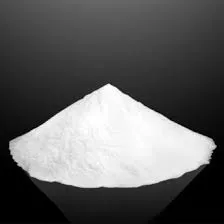white robe waffle
Blanket
A blanket is a generic term that refers to almost any bed covering thicker than a sheet, including quilts, duvets, and comforters. It can also refer to a more utilitarian woven covering that is sandwiched between a flat sheet and another layer primarily for warmth. A blanket drapes over the sides of the bed. Our Chatham blanket is a versatile favorite.
A blanket is a generic term that refers to almost any bed covering thicker than a sheet, including quilts, duvets, and comforters. It can also refer to a more utilitarian woven covering that is sandwiched between a flat sheet and another layer primarily for warmth. A blanket drapes over the sides of the bed. Our Chatham blanket is a versatile favorite.
 It wasn't just about the sleep they would soon usher in; it was about the temporary home they provided It wasn't just about the sleep they would soon usher in; it was about the temporary home they provided
It wasn't just about the sleep they would soon usher in; it was about the temporary home they provided It wasn't just about the sleep they would soon usher in; it was about the temporary home they provided




